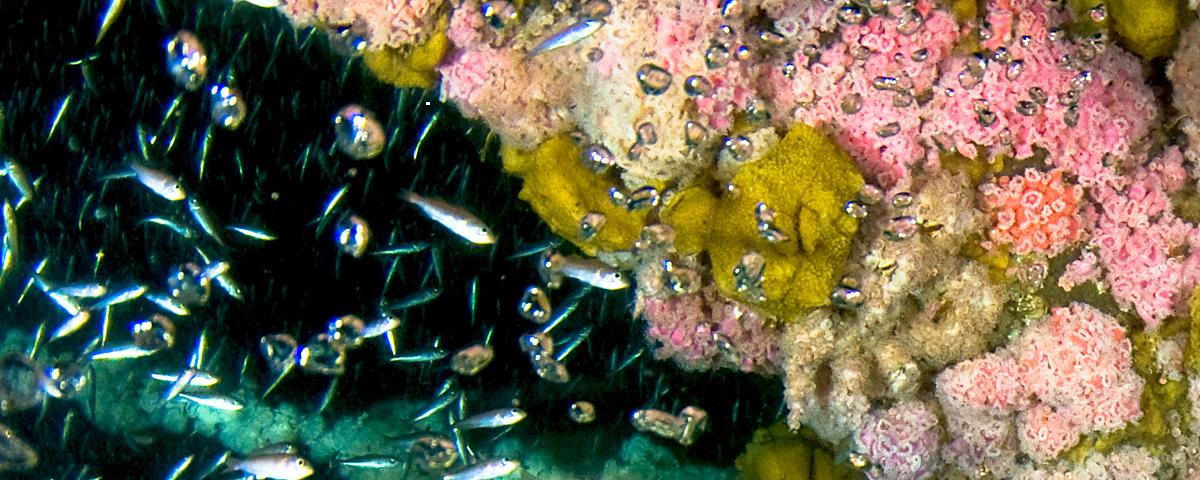Rigs to reefs - a case history
Abstract
From the Abstract: “The conversion of abandoned offshore platforms into artificial reefs has been done previously with little cost savings and often at considerable added expense to the lessees for transportation to an approved reef site. Efforts to obtain these structures for artificial reefs have predominantly been made by the State of Florida while the majority of offshore platforms are located in the Gulf of Mexico off the Louisiana and Texas coasts. Furthermore, shallow water structures in less than one-hundred feet of water are often the earliest structures installed and the first to deplete their hydrocarbon resources necessitating their removal. The cost for shallow water removals is generally less than that in deep water and it has been cheaper to haul them to shore for scrap rather than cut them up and transport the materials to a permitted reef site. Recent efforts by Louisiana have brought reef areas closer to deep water platforms, thus reducing much of the added logistical expense in reef construction. This paper describes the engineering planning, permitting and actual field work performed to convert a production platform 145 km (90 miles) offshore Louisiana into an artificial reef under the Louisiana Artificial Reef Program. The project involved variances from regulatory requirements and normal structure removal procedures resulting in cost savings to the lessees and income to the Louisiana Artificial Reef Program, basic necessities for a self-sustaining extensive effort to utilize offshore structures for artificial reefs.”

